45+ the diagram below shows a resultant vector r
Now add B vector to both sides. Which force vector B below could be added to force vector A to produce resultant vector R.

Top Down Characterization Of An Intact Monoclonal Antibody Using Activated Ion Electron Transfer Dissociation Analytical Chemistry
Web The head-to-tail vector addition diagram is shown below.

. The diagram below represents a force vector A and a resultant vector R. For example displacement velocity acceleration and. Now you have B vector - B vector.
Web A resultant force is the overall force that acts on the object. Wthich force vector B below could be added to force vector to produce resultant vector. The resultant vector drawn in black and labeled R in the vector addition diagram above is not the hypotenuse of any.
Web information and diagram below. Web The cosine of 45 degrees is 22 therefore 10 22 52. There are a two different ways to calculate the resultant vector.
Divide by two and you see that B is. Web subtract A vector from both sides. 1 2 3 4 3.
Which diagram best represents a pair of component vectors A and B that would combine to form resultant vector R. Web The diagram below shows a resultant vector R. Solve for the resultant vector force and direction.
Web When added together to obtain the vector length of the resultant force FR this becomes a single vector of 4 cm 5 cm 9 cm long representing a force of 45 N acting at the point. Web The Graphical Method of Vector Addition and Subtraction. When you calculate the resultant force you need to also say the direction it is.
Show a diagram of the resultant vector and angle of direction in your answer. Web The resultant vector is the vector that results from adding two or more vectors together. To the horizontal as shown.
You should familiarize yourself with the unit circle as these types of trig questions are more frequent in calculus. Web The diagram below shows a resultant vector R. A 160-newton box sits on a 10-meter-long frictionless plane inclined at an angle of 30.
Web Experiments show that when an object is subject to several forces F 1 F 2 the resultant force R is the vector sum of those forces. Remember that forces are vectors. Web 1 The diagram below shows 2 vectors.
Now you have 2 B vector O vector. R F 1 F 2. Recall that a vector is a quantity that has magnitude and direction.
Notice that this is not a mere. Web The diagram below represents a force vector A and a resultant vector R. Which diagram best represents a pair of component vectors A and B that would combine to form resultant vector R.

2 2 2 4 Pdf Pdf
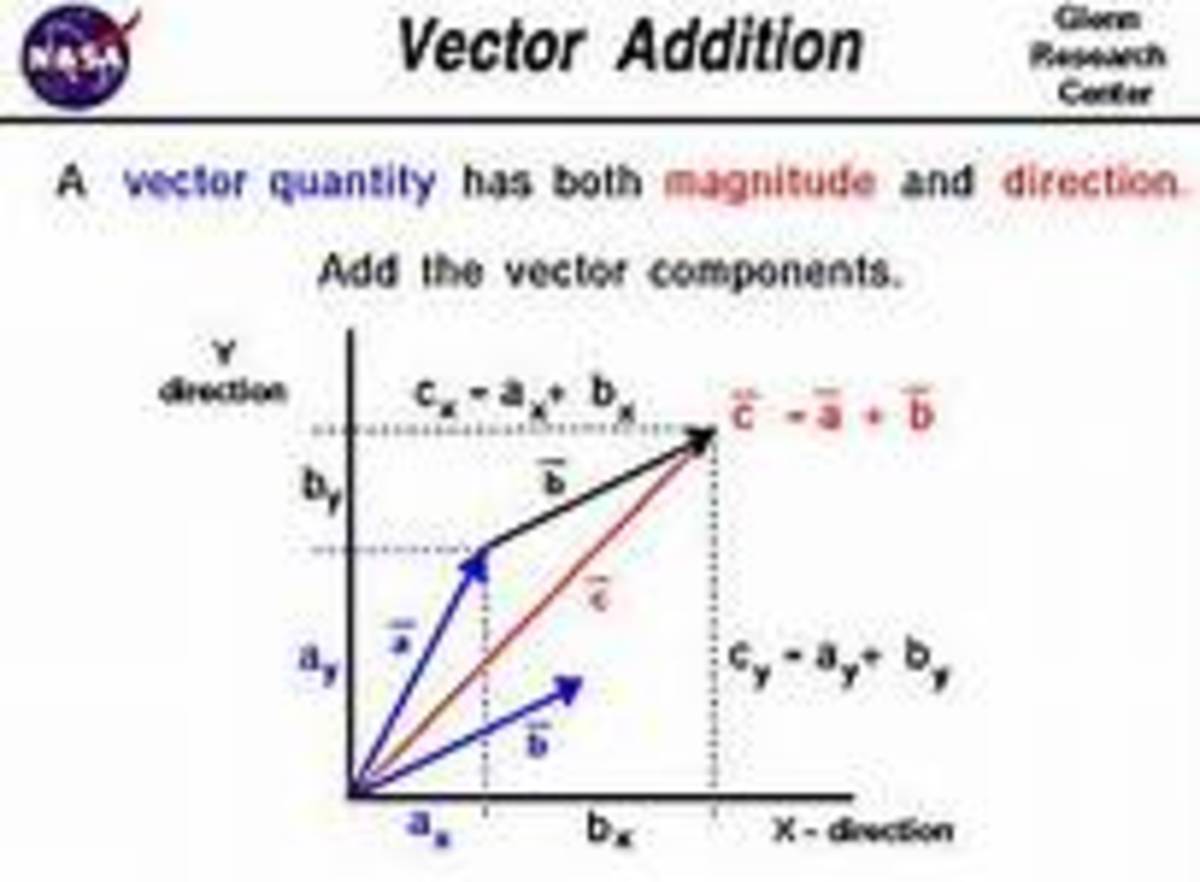
What Is The Function Of A Force Table Hubpages

As Physics Paper 1 9702 S02 Ms 1 Number 2 Youtube
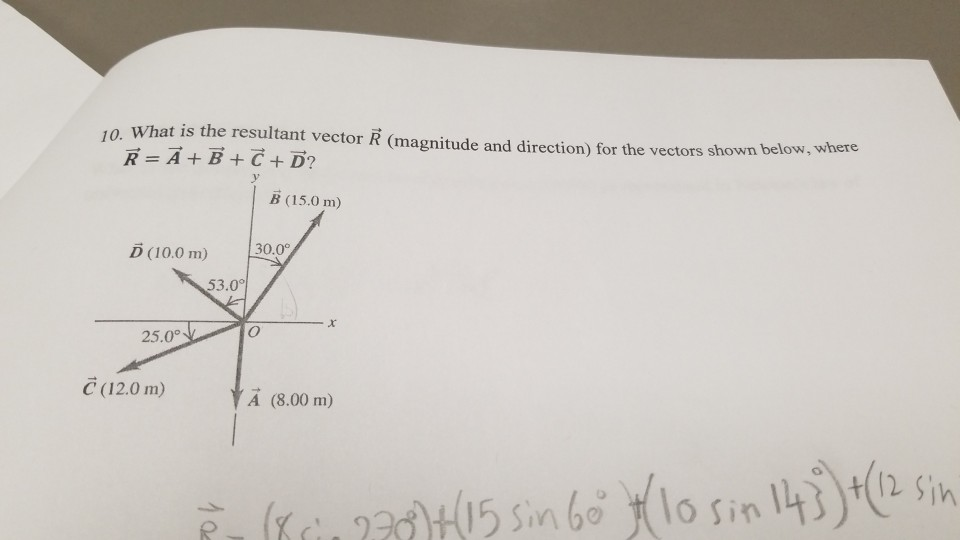
Solved 10 What Is The Resultant Vector R Magnitude And Chegg Com
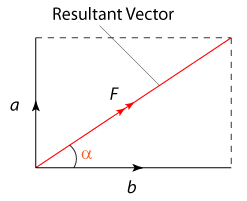
How Do You Calculate The Resultant Of The Following Vectors 4 0n And 10 0n With An Angle Of 90 Degrees Between Them Socratic

Cos 45 Degrees Value Of Cos 45
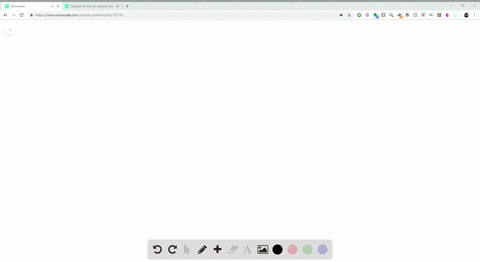
Solved The Diagram Below Represents A Force Vector A And A Resultant Vector R Which Force Vector B Below Could Be Added To Force Vector A To Produce Resultant Vector R A

Asbmr 26th Annual Meeting 1001 1222 2004 Journal Of Bone And Mineral Research Wiley Online Library
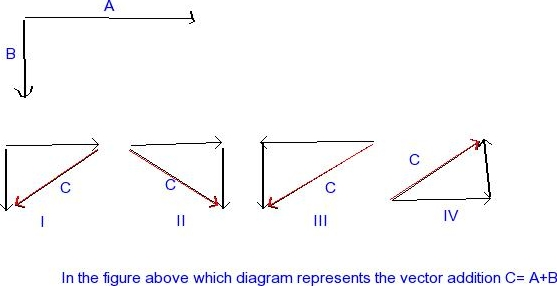
Solved 2 Find The Resultant Of These Two Vectors 2 00 X Chegg Com
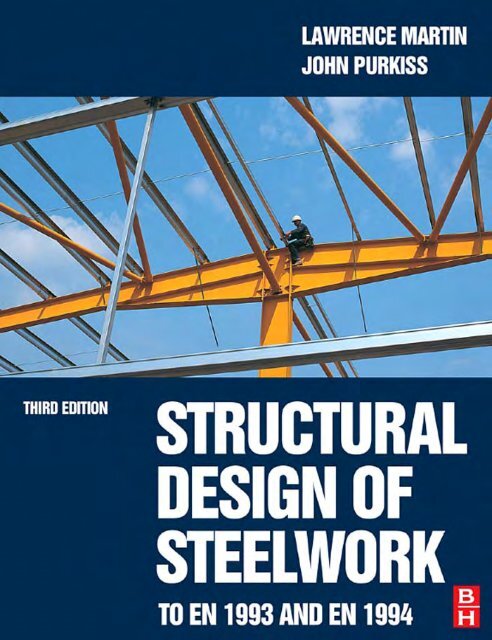
Structural Design Of Steelwork To En 1993 And En Civil Team

High Level Correction Of The Sickle Mutation Is Amplified In Vivo During Erythroid Differentiation Sciencedirect
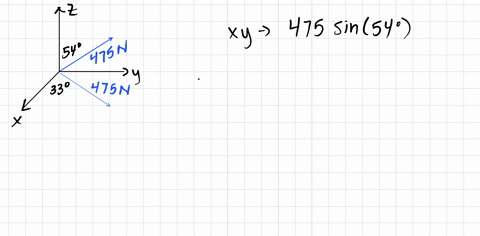
Solved The Diagram Below Represents A Force Vector A And A Resultant Vector R Which Force Vector B Below Could Be Added To Force Vector A To Produce Resultant Vector R A
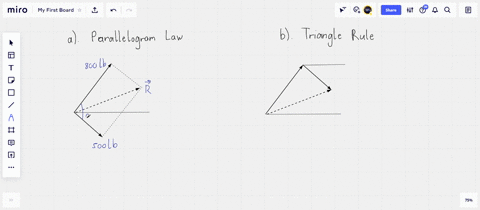
Solved The Diagram Below Represents A Force Vector A And A Resultant Vector R Which Force Vector B Below Could Be Added To Force Vector A To Produce Resultant Vector R A
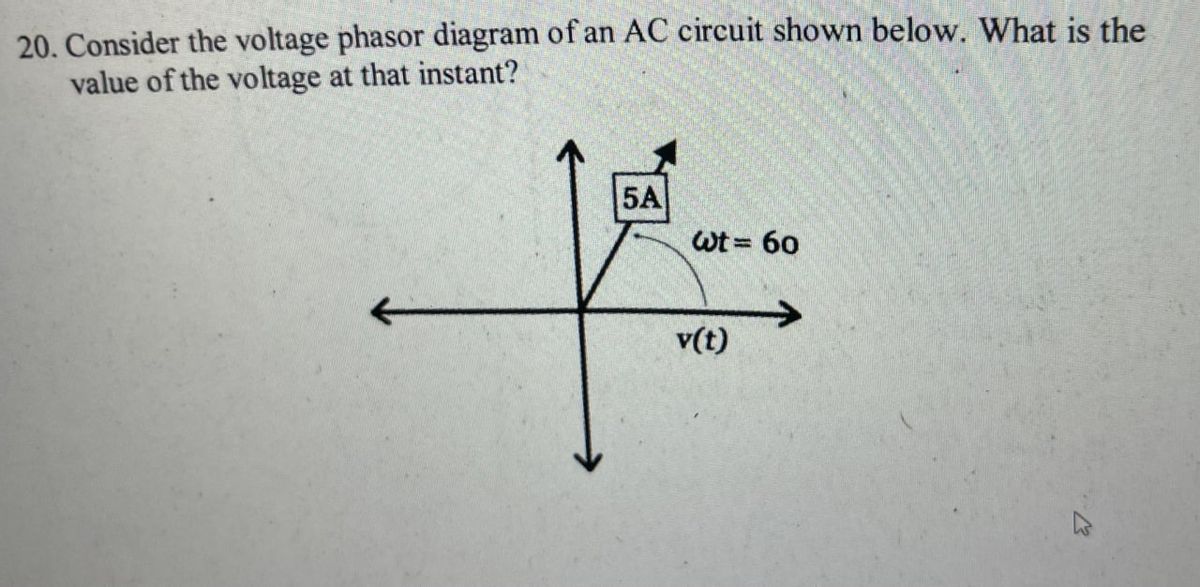
Answered 20 Consider The Voltage Phasor Diagram Bartleby
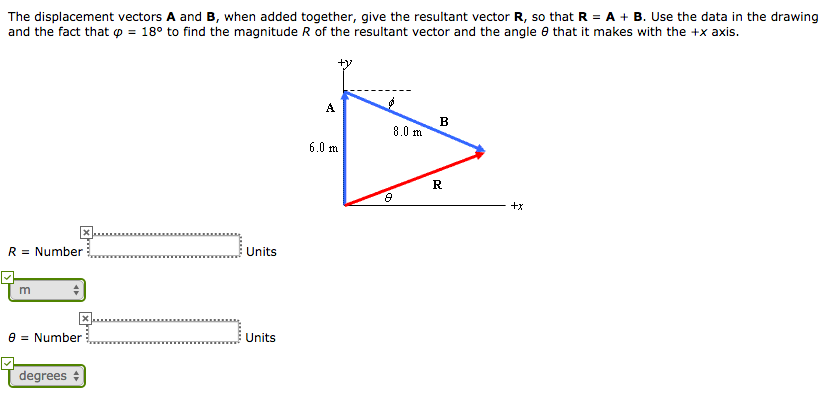
Solved The Displacement Vectors A And B When Added Chegg Com
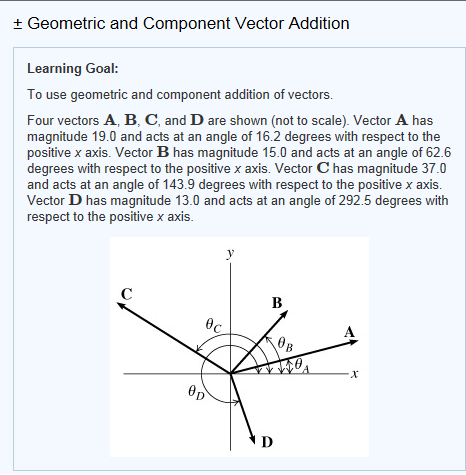
Solved Part A Geometric Additionwhat Is The Magnitude And Chegg Com
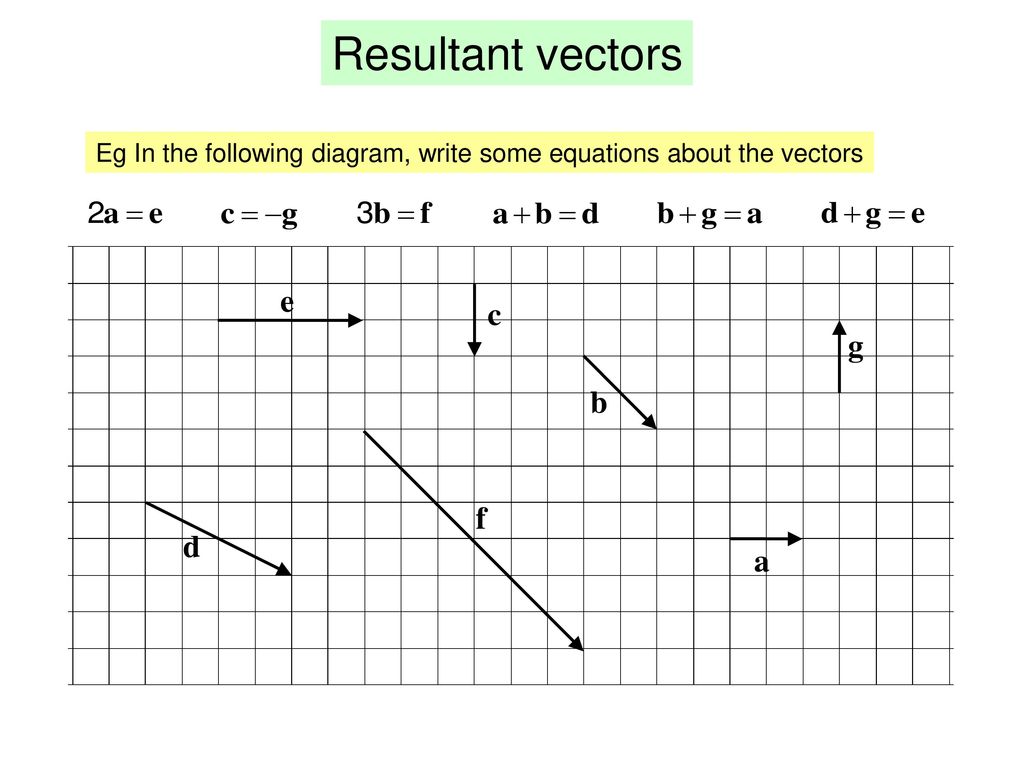
Draw Any Quadrilateral Ppt Download